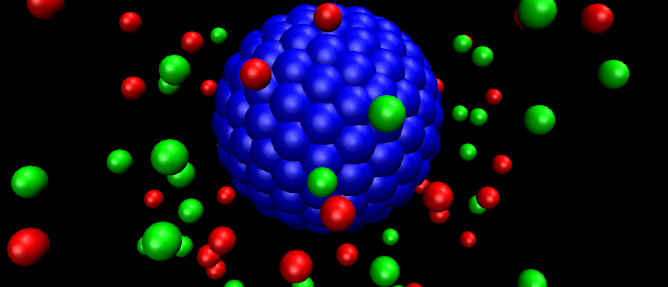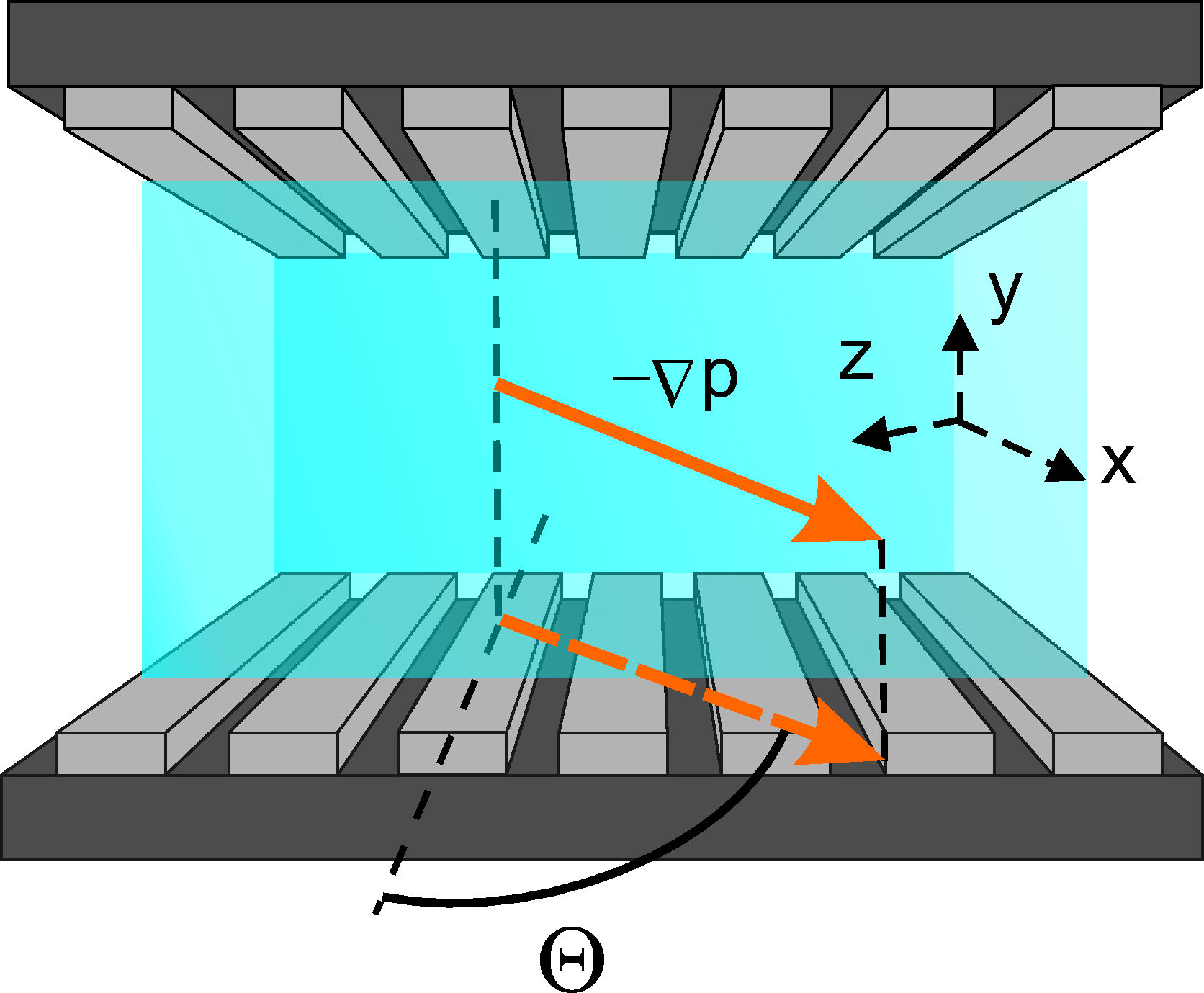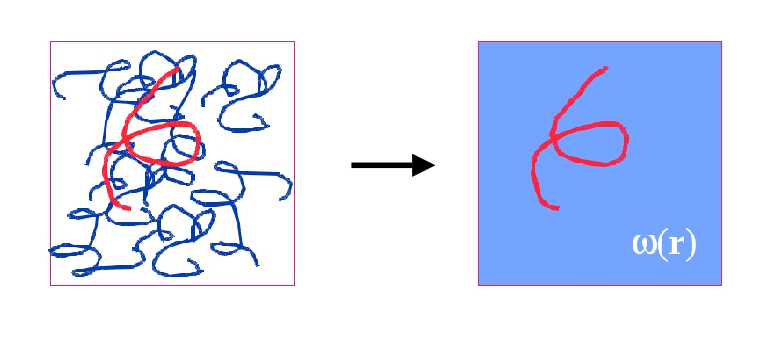research
capillarity and wetting

Just read the book «Capillarity and Wetting Phenomena» by de Gennes, Brochard-Wyart, and Quéré, and you will be amazed.
complex fluid and soft material

Taking the liquid as an example: it takes the shape of the container and it flows. On the other extrem is the elastic material: it has a regular shape and its shape changes under external force. Viscoelastic material covers what is in between, and is much rich in terms of properties and applications. We build simple model for this class of material and try to explain the underlying mechanism for its unique properties. We are working closely with experimentalists who actually make those materials.
simulation-aided drug design

Gene therapies enable therapeutic interventions at gene transcription and translation level, providing enormous potential to improve standards of care for multiple diseases. Non-viral transfection agents are among the most promising systems for this purpose. We are using computer simulations to provide rational for the design of non-viral vectors based on block ionomers.
electrokinetic phenomena

Electrokinetic phenomena are a family of several different effects that occur in fluids containing charged species. Simulating such systems are normally numerically difficult, because two different types of long-range interactions are involved: the Coulomb interaction and the hydrodynamic interaction. Depending on the length and time scale interested, simulation methods range from atomic simulation with chemical details, to continuous description of fluid, i.e., the Navier-Stokes equations.
micro- and nanofluidics

Modeling fluid from micrometer to nanometer scale not only is a fundamental problem in fluid mechanics, but also plays an important role in designing modern micro- and nanofluidic devices. Two assumptions which are often taken for granted in study of macroscopic phenomena, the no-slip boundary condition and the homogeneous surface, become questionable in the microscopic scale. The extension to partial-slip boundary condition and heterogeneous/anisotropic surfaces provide ample opportunities for simulations and applications.
self-assembly in polymeric systems

Polymers are chain-like macromolecules in which many small molecular units, called monomers, are linked together by covalent bonds. One fascinating example is the diblock copolymer, where the polymer chains are composed of two blocks of different monomers. Despite its simple chemical structure, diblock copolymer can self-assemble into a variety of ordered structures with the domain size in the order of nanometers. Our research mostly involves using self-consistent field theory to study the phase behavior of various polymer systems, with a particular focus on the micelle systems.